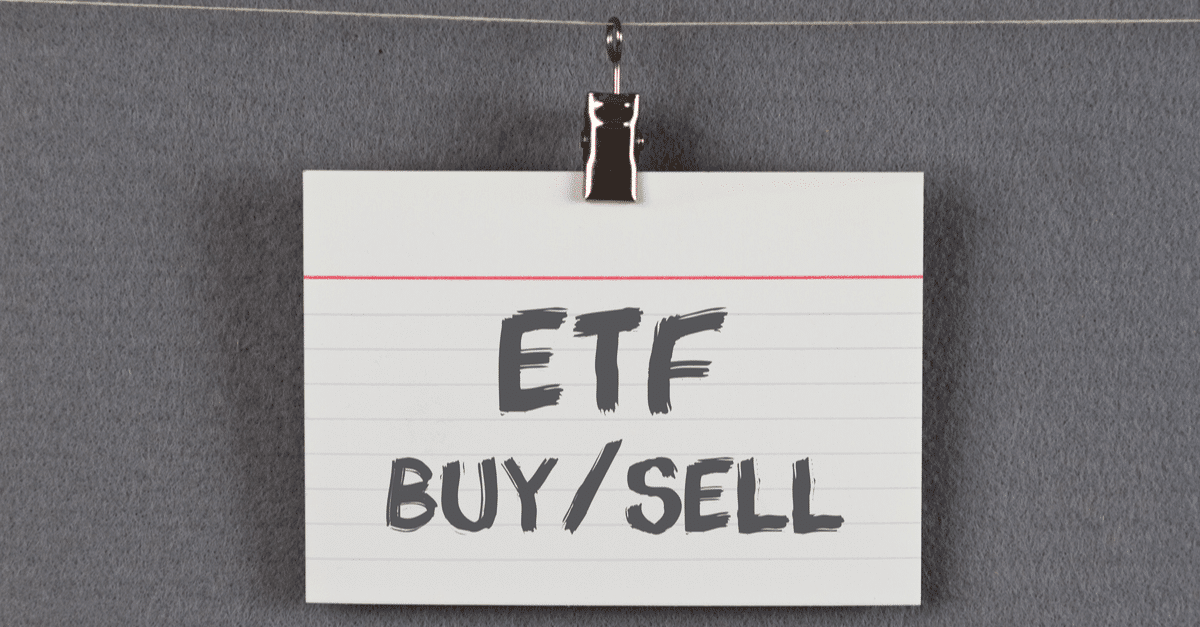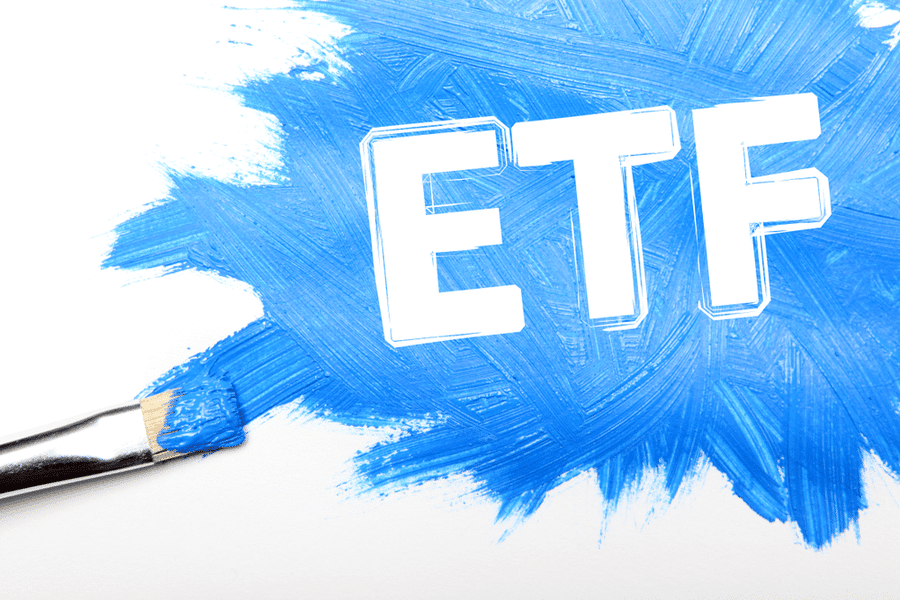
Choosing ETFs
“ Exchange-traded funds ”, abbreviated as ETFs, have grown tremendously since they were first introduced in 1993 as the American “Standard & Poor’s Depositary Receipts ” fund. This first ETF was a tracker of the well-known S&P 500 index, and its popularity among investors led to the development of ETFs based on other indices , such as the Dow Jones and the Nasdaq 100.
ETFs have grown into a full-fledged investment product and offer a huge variety of possibilities. However, not all ETFs are of the same quality. The rapid growth of ETFs has actually ensured that a number of trackers are offered on the market with a high risk of liquidation, due to low interest from investors.
Reduce the broad range of ETFs
You have a huge choice when you want to invest in ETFs. For example, you have the traditional index ETFs that track international stock market indices, but nowadays there are also ETFs that track indices based on bonds or futures. In addition, you have ETFs based on investment style, ETFs with leverage (leveraged ETFs) and inverse ETFs that grow when the underlying markets fall and vice versa. In short, a lot of choice. It is estimated that there are more than 5,000 ETFs traded worldwide, with a combined value of more than €2 trillion.
As an investor, it can seem difficult to find ETFs that fit into your portfolio in this huge market. A good first step is to narrow down your selection. A common way is to use asset screeners, which at least allow you to eliminate what you don’t want. Even after you have determined what kind of assets or indices you would like to invest in, there is still work to be done.

Competition between similar ETFs
The ETF market is very competitive. In general, this is positive for investors, as it leads to the cost of trading ETFs becoming increasingly lower, making ETFs cheap and efficient instruments. However, the high level of competition can also cause confusion among investors, as there are many ETFs that have many similarities. For example, if you want to invest in an ETF that tracks the S&P500.
You can choose the previously mentioned, original “Standard & Poor’s Depositary Receipts” fund, but also for example the Vanguard S&P 500 ETF, the Schwab S&P 500 ETF and the iShares S&P 500 ETF. In addition to these three, there are 10 other ETFs that do exactly the same thing, tracking the S&P index.
In an attempt to differentiate themselves, there are ETFs that focus on very specific markets and short-term trends. These types of ETFs are also called niche ETFs. Some examples are ETFs based on indices of companies focused on the development of a specific drug, or indices of a specific technological product, such as drones.
Choose the right ETF
Due to the large number of ETFs available, there are a number of factors that investors should consider.
- Value of the ETF : In order to be a sound investment, a minimum trading value of $10 million is used for an ETF. This means that the total value of the ETF on the market is more than $10 million, if this is not the case, it often turns out that investors are not interested in it. Similar to stocks, this often means high risks and poor liquidity.
- Trading activity: Investors often look at the daily trading volume of an ETF when evaluating it. The most popular ETFs are traded millions of times per day, while there are ETFs that are hardly traded. How often an ETF is traded is a good indicator of how liquid the ETF is; if an ETF is traded a lot, it means that you can sell your ETF quickly when you want to cash out your profits.
- Underlying Index: What is the index that the ETF is trying to track? Do you prefer to invest in a broad, general index or in a very specific, niche index?
- Tracking errors: Not all ETFs track their underlying index with the same accuracy. Investors have a clear preference for ETFs with minimal tracking deviations.
- Market Position of ETF: The “First Mover Advantage” is an important term in the ETF market, because the first issuer of an ETF for a particular sector often becomes the most successful. Investors therefore pay close attention to ETFs that may be mere imitations of the original idea, and do not differentiate themselves further.
Liquidating your ETF
Closing/liquidating an ETF is a delicate process. The issuer of the ETF will inform investors a few weeks in advance of the date on which the ETF will cease trading. Investors with a position in the ETF will have to decide what is the best action to take. This comes down to two options:

- Sell the ETF before the liquidation date: This can be seen as a proactive action where investors expect there is a significant risk that the ETF will decline significantly in value due to the issuer’s announcement.
- Hold the position until the liquidation date: This option can be very profitable for markets with little volatility: it may take a few weeks for investors to receive their investment, but in markets with little negative risk on which the index is based, the chance that they will make a loss with the ETF is small.
Regardless of which option an investor chooses, earnings on ETFs are of course taxed. Investors often take this into account in advance!
Choosing ETFs in a nutshell
When selecting the right ETF, there are a number of factors that an investor takes into account: The value, transaction size, the underlying index, tracking errors and the market position of the ETF. When it is announced that an ETF is being liquidated, investors will have to decide what to do with their position: sell or hold?
Compare ETF brokers
Are you excited about investing in ETFs after reading this article? Compare all brokers that offer ETFs and find the broker that suits you best!
